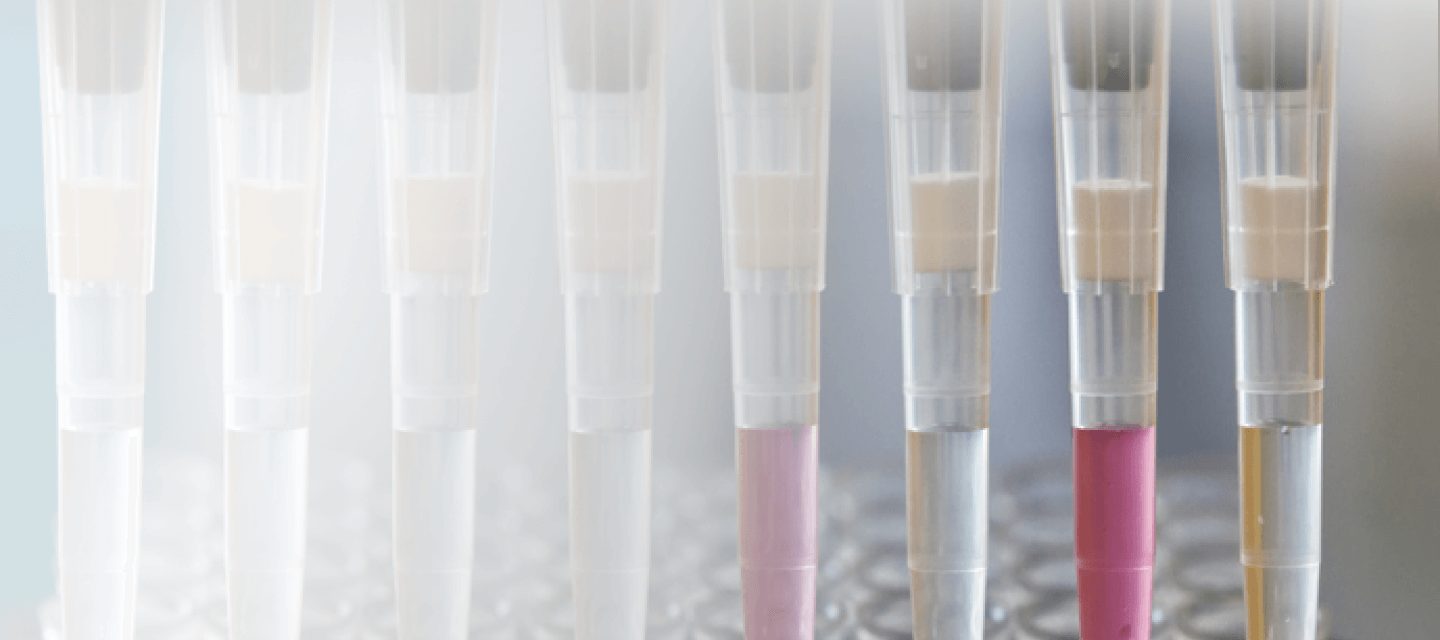
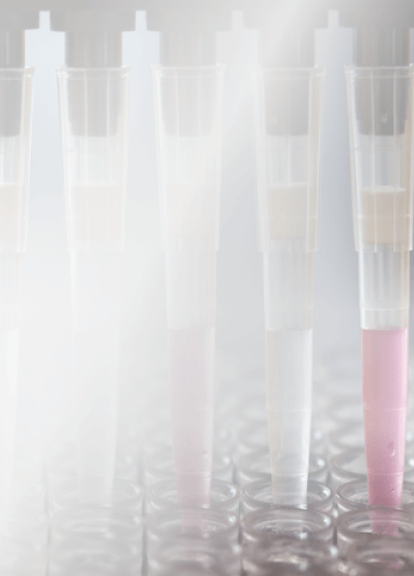
Simplifying cell culture with automated liquid handling
Automated liquid handling systems can come in many forms, from automated pipettes to robotic plate handlers and microplate washers. Many workspaces see robotic liquid handling as attractive automated processes to embed in their laboratories, offering benefits of efficiency, productivity and cost savings compared to the traditional manual liquid handling counterpart. The market size for global automated liquid handling is estimated to reach over $1 billion by 2024, highlighting the demand for integrating automated liquid handling systems (1).
What are automated liquid handlers?
Automated liquid handlers exploit motorised pipetting systems to pick up specific volumes of liquid and dispense them into designated vessels. Liquid handling robots offer levels of precision like no other, providing precise results that are highly accurate and repeatable.
Challenges of liquid handling in cell culture
Manual liquid handling is viable for low-complexity and low-throughput workflows which limit the ability to scale up laboratory processes. With the constant demand for the development of new drugs, pharmaceutical companies cannot be reliant upon manual pipetting as the demand for output and quicker development times increase. Pipetting can be erroneous without a liquid-handling robot, subjected to varying results from researcher to researcher. Further, researchers are exposed to risks such as repetitive strain injuries and exposure to hazardous substances during pipetting. The researchers involved in these processes may be dissatisfied with their jobs, performing tedious pipetting again and again instead of their expertise being invested in innovative research.
How automated liquid handling can help
Listed below are a few examples of how laboratories stand to benefit from automated liquid handling:
- Hands-off time for workers: Automated devices can offer precise sample handling across a broad range of volumes. Removing researchers from cell culture liquid handling can reduce the risks mentioned in the previous section, improving job satisfaction and keeping staff safe.
- Remove the likelihood of error and contamination: Automation can remove human error and potential contamination issues associated with liquid handling, reducing revenue loss associated with contaminated or failed experiments. Reducing margins of error through automation provides consistent and accurate results. For example, using liquid handling robots to aspirate cell media can help retain more than 95% of cells in vessels (1).
- Increased productivity and throughput: Embedding automated liquid handling can increase productivity and efficiency, meeting the demands for high-throughput cell culture work. Removing repetitive tasks with low productivity can also improve staff satisfaction, redeploying individuals to work on meaningful tasks suited to their expertise. With automation working parallel to researchers, productivity can soar, and company revenue will benefit as researchers can concentrate on drug discovery and infectious disease research.
- Lights-off-labs: Fully automated liquid handling cell culture systems can provide opportunities for 24/7 productivity. Without relying on staff to exchange cell media and maintain cell lines on evenings and weekends, automation can replace the need for manual interventions, providing a time and cost-efficient solution to the limitations of manual liquid handling.
- Quality control: Automation improves the quality of outputs with precision and traceable workflows. The pressures of manual quality control can be alleviated by integrating automated machinery into IT ecosystems which provide constant monitoring and auditing on cell lines to ensure quality requirements are satisfied. Real-time detection of faults and errors in samples supports labs to become more compliant, cost-effective and productive (2).
Automated liquid handling applications are far-reaching; as laboratories gear towards fully automated ecosystems, liquid handling automation should be a top priority for timely and cost-efficient cell culture processing. Investing in robotic liquid handling will ensure laboratories can meet demands for reliability and scalability within cell line development and culture maintenance in the coming years.

Your Guide to the Future of Automated Cell Biology Labs
Start planning your lab’s automation journey with insights on building an impactful and futureproof roadmap.
References:
- “Beginner’s Guide to Understanding Automated Liquid Handling,” Aurora Biomed, 7AD, https://www.aurorabiomed.com/beginners-guide-to-understanding-automated-liquid-handling/.
- “Automated Quality Control Systems,” Creaform’s Blog – News, Tips & Tricks about 3D technologies, 3D Scanning, QC/Inspection, Reverse Engineering & More., 9AD, https://www.creaform3d.com/blog/automated-quality-control-systems/.
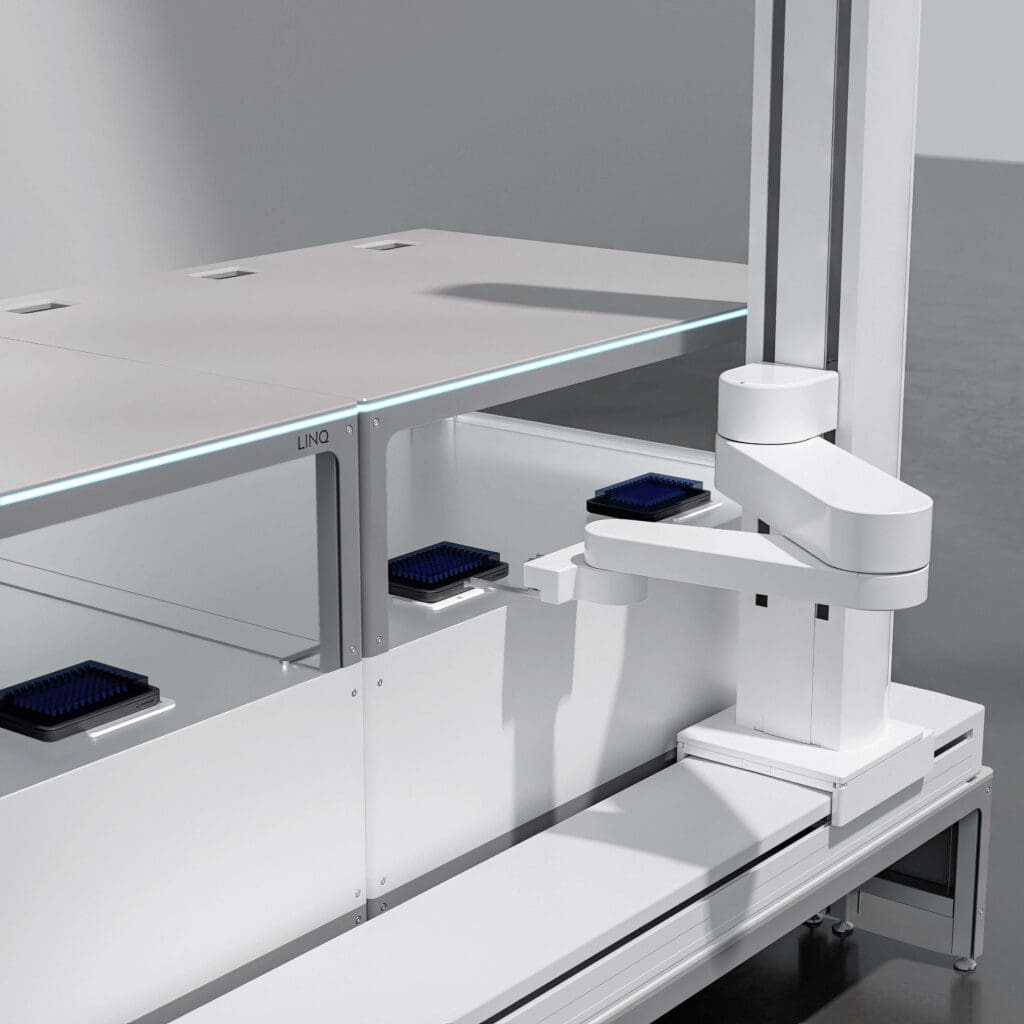
The lab automation platform that removes bottlenecks and accelerates drug discovery at…
Read more Automation solutions for drug discovery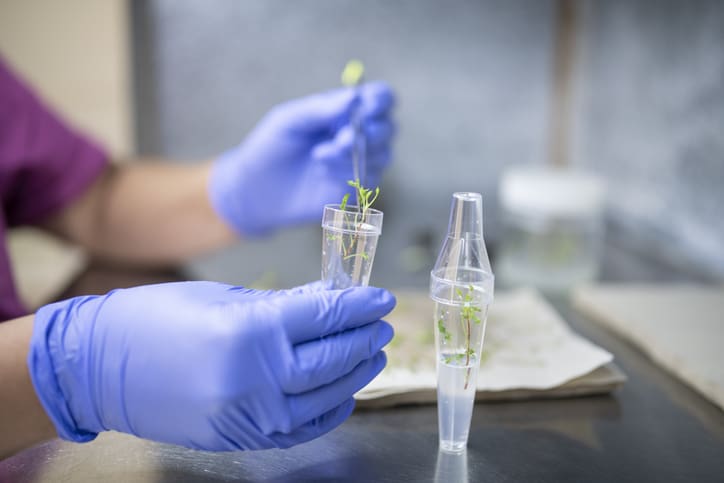
We explore common problems in plus the advantages and disadvantages of plant…
Read more Plant tissue culture: how automation can help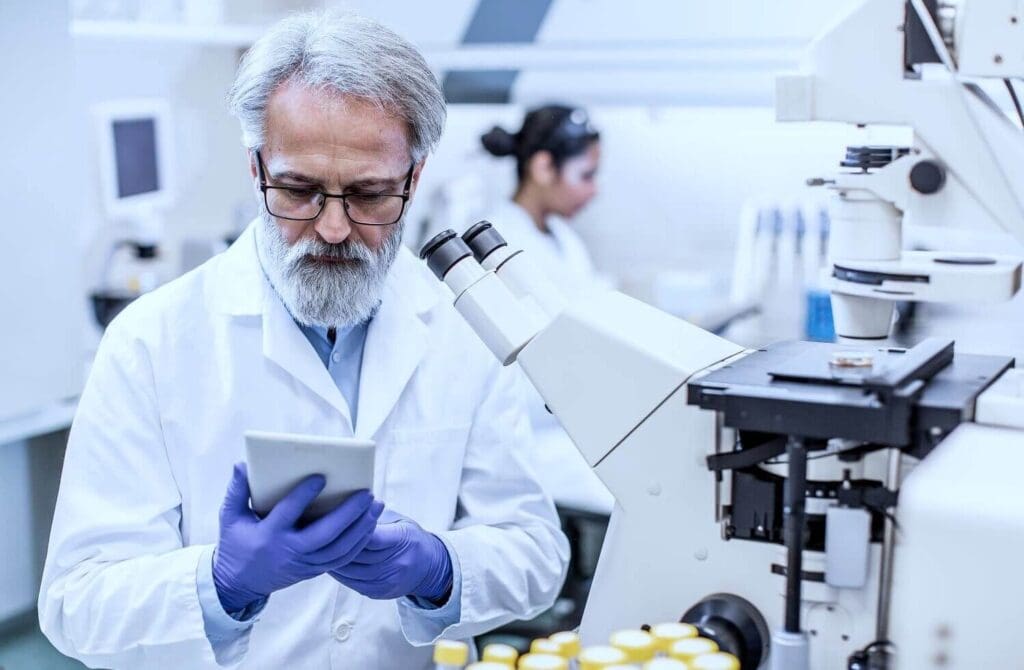
Automation has the potential to help achieve high-quality, repeatable results delivered quicker…
Read more Automated cell biology labs of the future